This Tomato Pasta column is about family cooking. Through it, I aim to offer ideas for dishes that require relatively little effort and time, and that are fairly frugal yet still interesting. With luck they’ll expand your (and my) mid-week repertoire, and if you are cooking for kids as well as yourself, broaden their palates too.
That said, there’s no recipe in this month’s post, as it strays a little from the usual format. But hopefully you’ll still enjoy a scroll. It may even still spark a meal or three.
If you like it, please do share with anyone you think might be interested.
Thanks! Ed
p.s. There are a few images here, so the post may be truncated. If so, just click ‘expand email’ when you get to the bottom to open it all up. Or click the ‘view in browser’ button, top right.
We eat with our eyes
A few years ago, my wife Laura and I wrote ‘Welcome To Our Table’ — a book about food for children. She writes for kids. I cook and write about food. It made sense to create something together…
Or did it?! Well, we’re still together (just). And the eventual result was great. In fact, last week at their children’s book awards, The Week Junior and The Bookseller named it 'Non Fiction Book of the Year'. Which was nice.
Welcome To Our Table was published in the UK and US last summer (there are a number of translations for other countries and regions as well). But as I only reignited my internet writing via Substack in February, I don’t think I’ve mentioned it on here until now. This accolade provides a happy opportunity to make a little noise.
The Week Junior said
“This beautifully illustrated book wowed our judges, who love the way it explores and celebrates many different topics, cultures and experiences through something we all have in common - a love of food. It is informative, inclusive and full of intriguing details. A BOOK TO BOND OVER.”
Which is a neat little summary of the book and why we wrote it.
It’s aimed at 2-9 year olds, but I reckon there’s something for everyone, including adults. Because the book shows how children around the world eat the same things, the same things cooked differently, and different things altogether. It dives into specific ingredients, dishes and styles of eating, and introduces the reader(s) to ingredients and dishes they might not have heard of, let alone eaten before. In doing so, it also gently offers an opportunity to learn about different countries, and how people have moved around and taken their food with them.
A visual feast
Our concept and words were brought to life by Harriet Lynas’ JOYFUL illustrations. You can’t help but smile when flicking through. I’m really happy to be able to publish some samples below.
I don’t think you’ll be able see the text and detail in these first spreads, but you should get a flavour of Harriet’s style, the visual variety across spreads, and the different types of themes.
Let’s talk
Food is a conversation starter.
That must be because the subject matter is tangible; we all eat!
But still, it’s amazing how little titbits of information about rice or potatoes or noodles or herbs or chicken feet, can effortlessly lead to other questions and discussion about customs, history, culture, geography and beyond.
Let’s eat
One bonus of having these conversations, or of simply talking about global ingredients and dishes, is that they provide an opportunity to introduce children to foods, flavours and tastes. To get the kids excited about what they eat.
There aren’t any recipes. But there are masses of prompts. It might be that having read through the herbs pages together, you’ll be tempted to look beyond the jar of pesto in the fridge and make yourselves using actual basil. Or perhaps you’ll spend the weekend fermenting teff flour and cooking wots so you can all try injera for the first time ...
I firmly believe that, actually, children are more ‘adventurous’ than they are ‘picky’. And anecdotally at least, I’ve found they’re most likely to try new things when they’re presented in a way that catches the imagination. Enthusiasm is even higher when the child themselves instigates the eating, because of something they’ve read or seen in a book or on TV (My World Kitchen is one of the better distractions on iPlayer. After Bluey, of course.)
Whether they then like the flavours and textures you thrust upon them is a matter for separate discussion! But even when it feels like a failure, the experience of trying new things is always a positive step.
To finish
Writing for children is hard. It’s a real skill — and one that Laura brought to the table, not me. You have to be succinct, poetic, and always aiming to capture capture imagination and enthuse both children and potentially the person reading alongside them as well. I’m not going to do it again in a hurry! But I do love what we produced.
So that’s Welcome To Our Table. Go forth and grab a copy for the little people in your life.
Around your table
I know of a number of parents who regularly make a themed event out of trying different cuisines — for example tasting new ingredients together before cooking the dishes communally (well, asking for the occasional hand in folding or stirring); playing music from the region at the same time; finding films or art to look at before, during or after.
It’s a really positive way to spend time together, and we’ve loved it when people have told us they used Welcome To Our Table in that setting.
Could also be low key and low effort meal, of course. I love those.
On which note, here’s a (very) small selection of family meal friendly cookbooks that could provide inspiration and guidance.
Quick and Easy Vietnamese — Uyen Luu
Rice Table — Su Scott (Korea)
Made in India, Dinner and East — Meera Sodha (India and South-East Asia)
Motherland: a Jamaican cookbook — Melissa Thompson
Kin: Caribbean recipes for the modern kitchen — Marie Mitchell
Africana — Lerato Umah-Shaylor
Norteña — Karla Zazueta (Mexico)
Greekish — Georgina Hayden.
Dinner Tonight — Meliz Berg (Turkish-Cypriot)
Mamushka — Olia Hercules (Ukraine)
An A-Z of Pasta — Rachel Roddy (Italy)
Moro: the cookbook — Sam and Sam Clark (Spain and North Africa)
Falastin — Sami Tamimi and Tara Wigley
Jerusalem — Yotam Ottolenghi and Sami Tamimi
And there are eggs from all over the world in Good Eggs too ;)


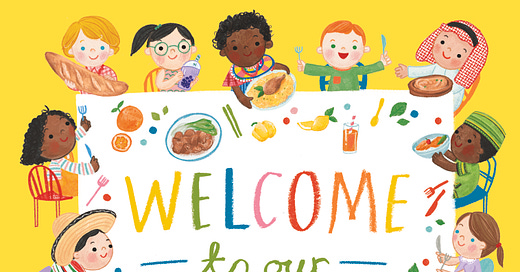



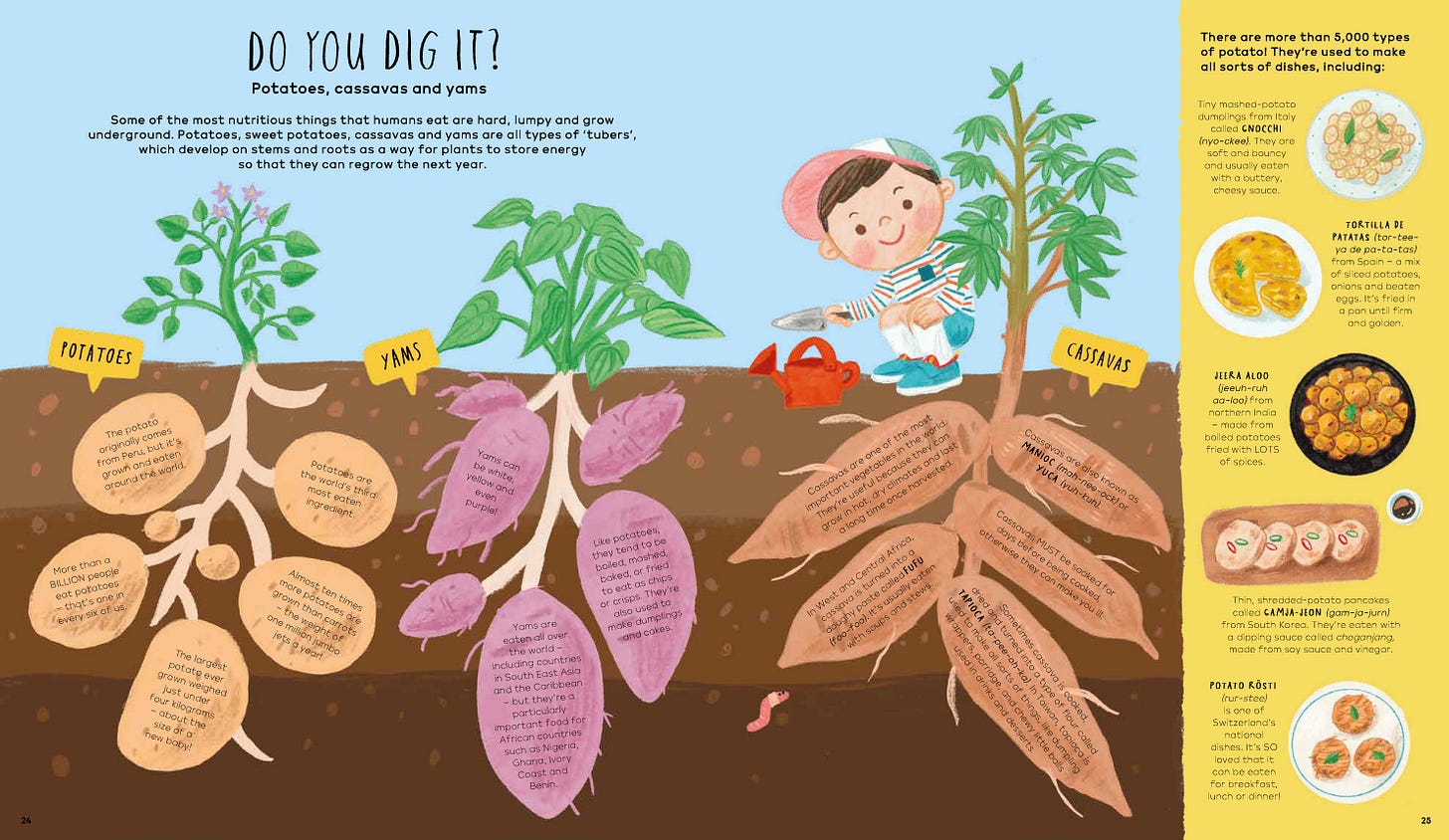
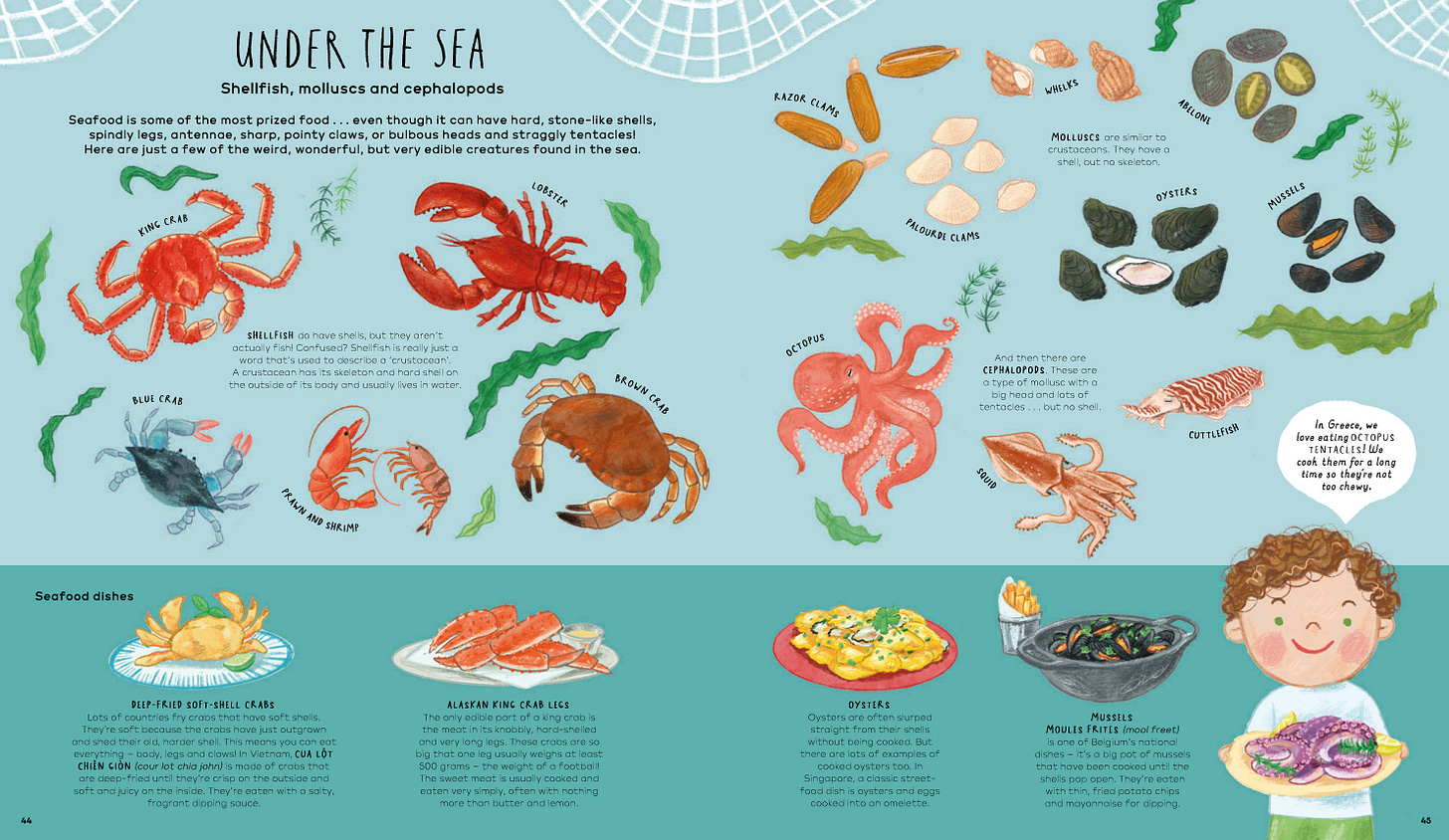
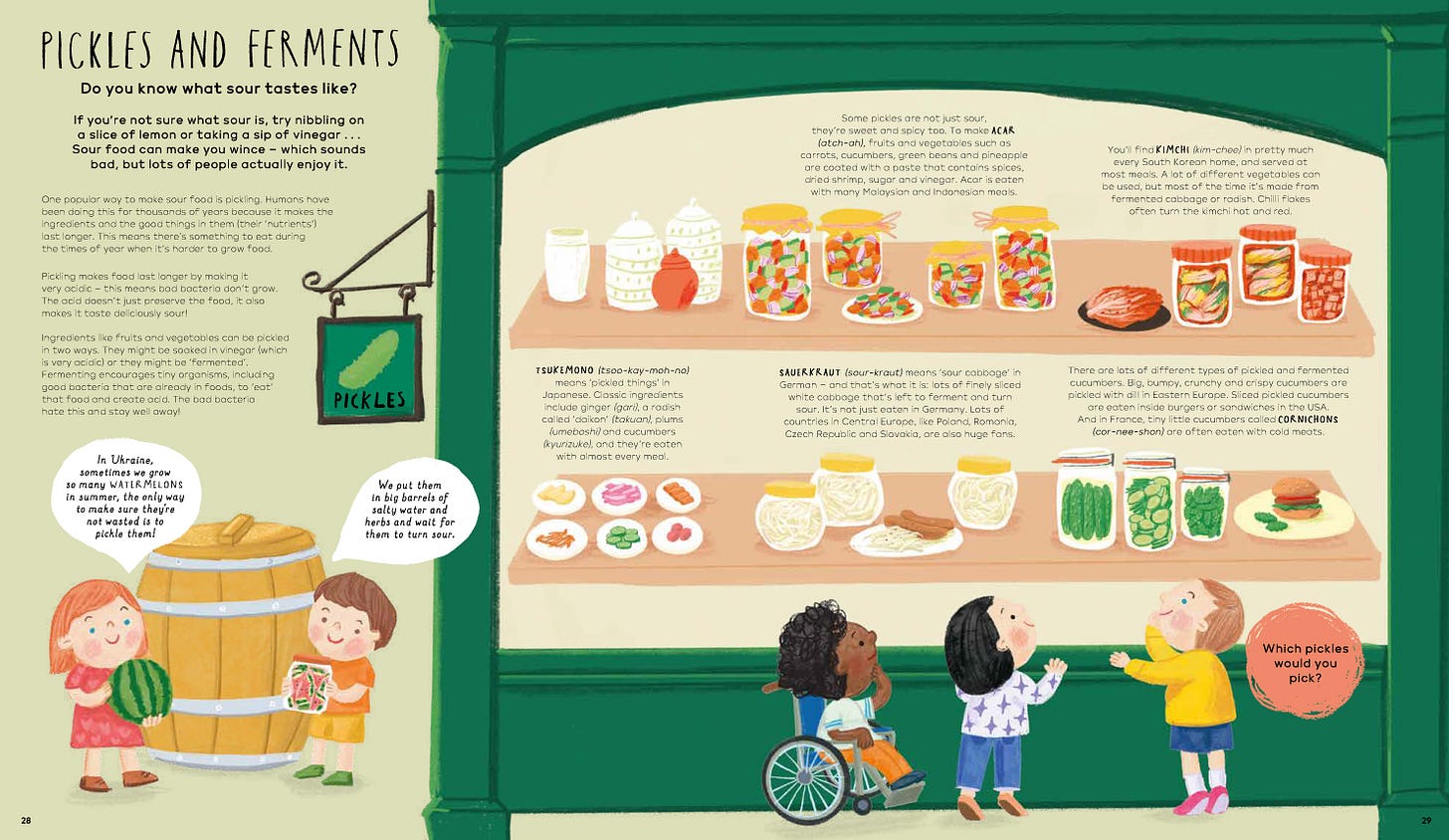
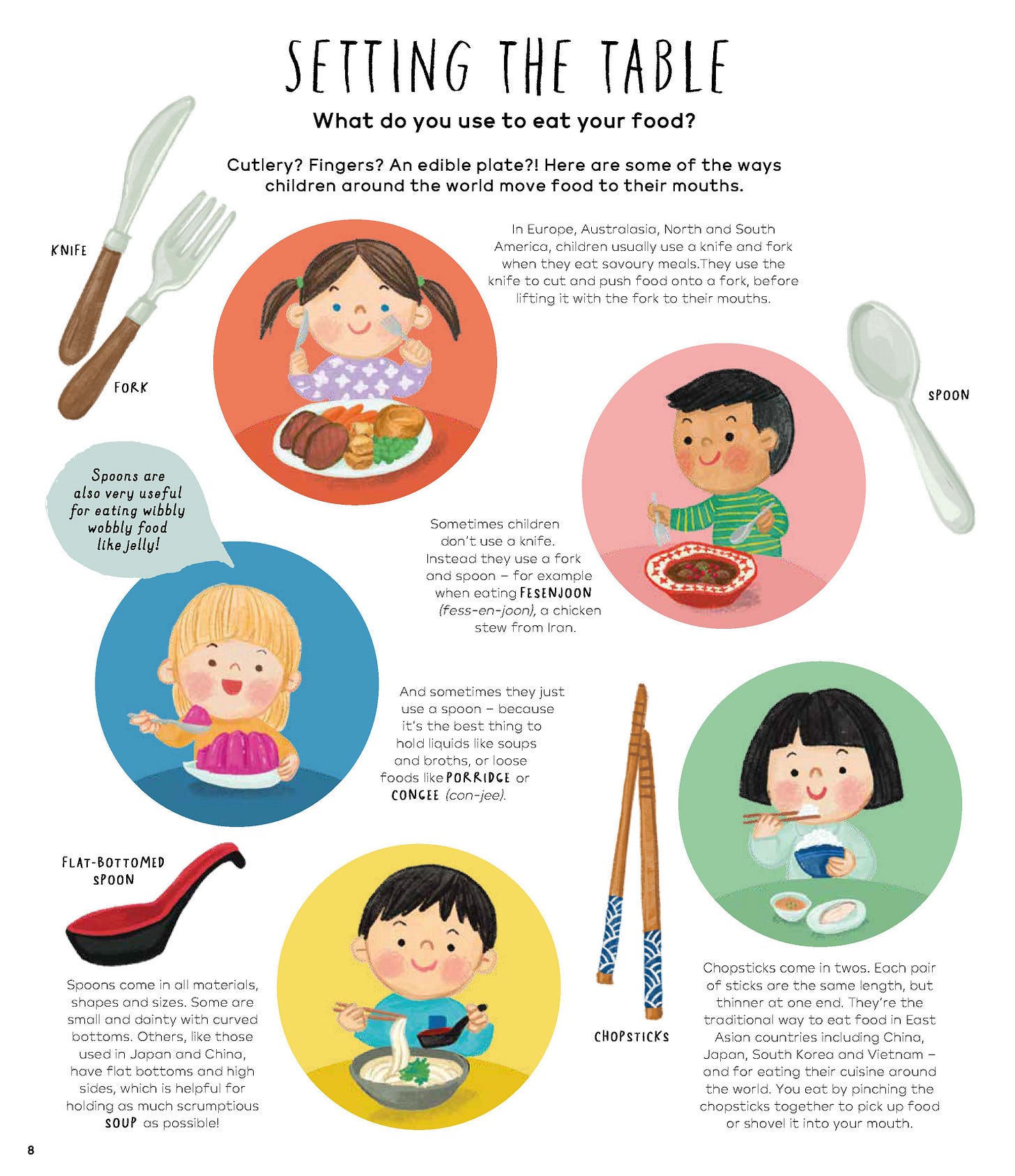
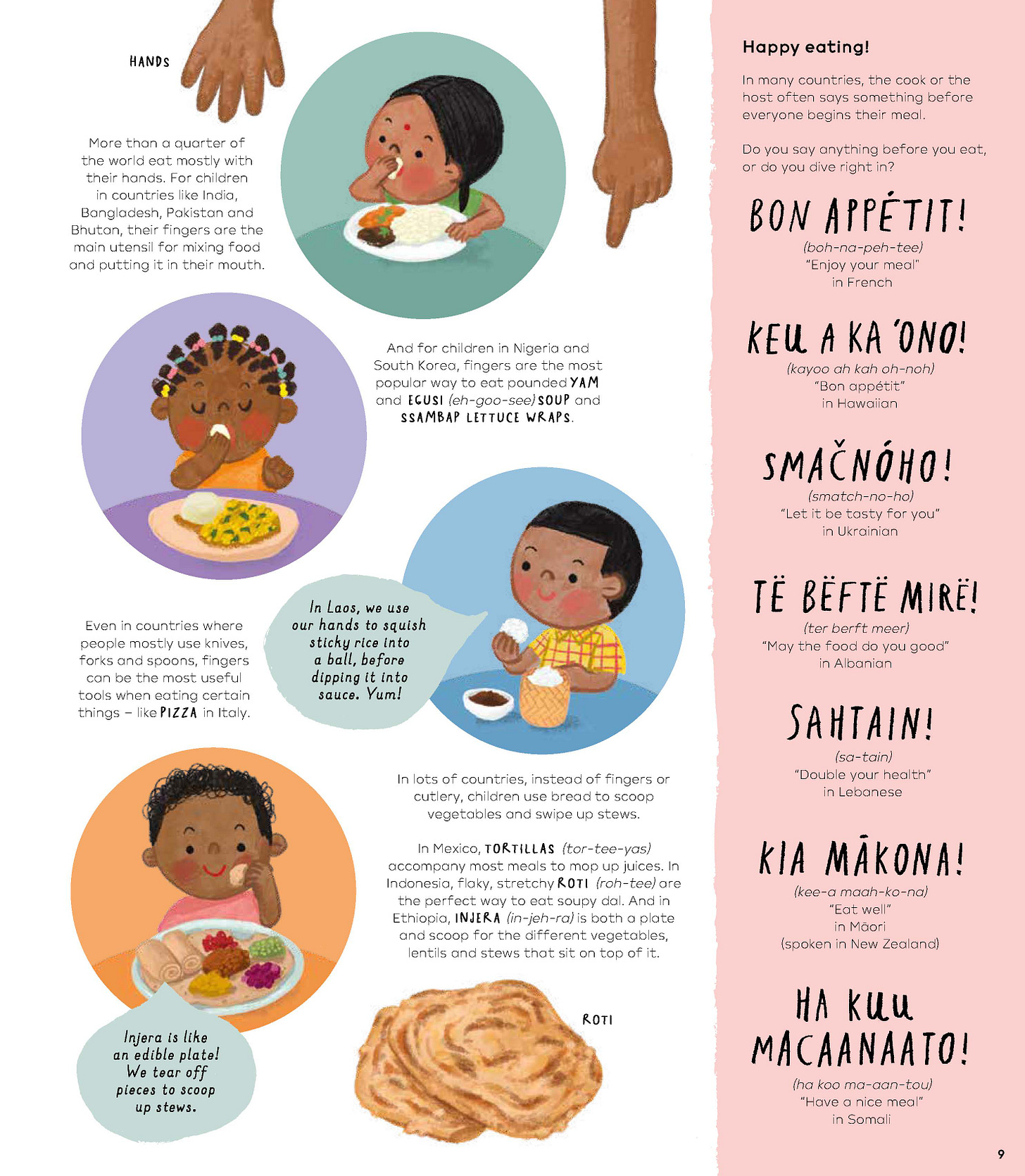
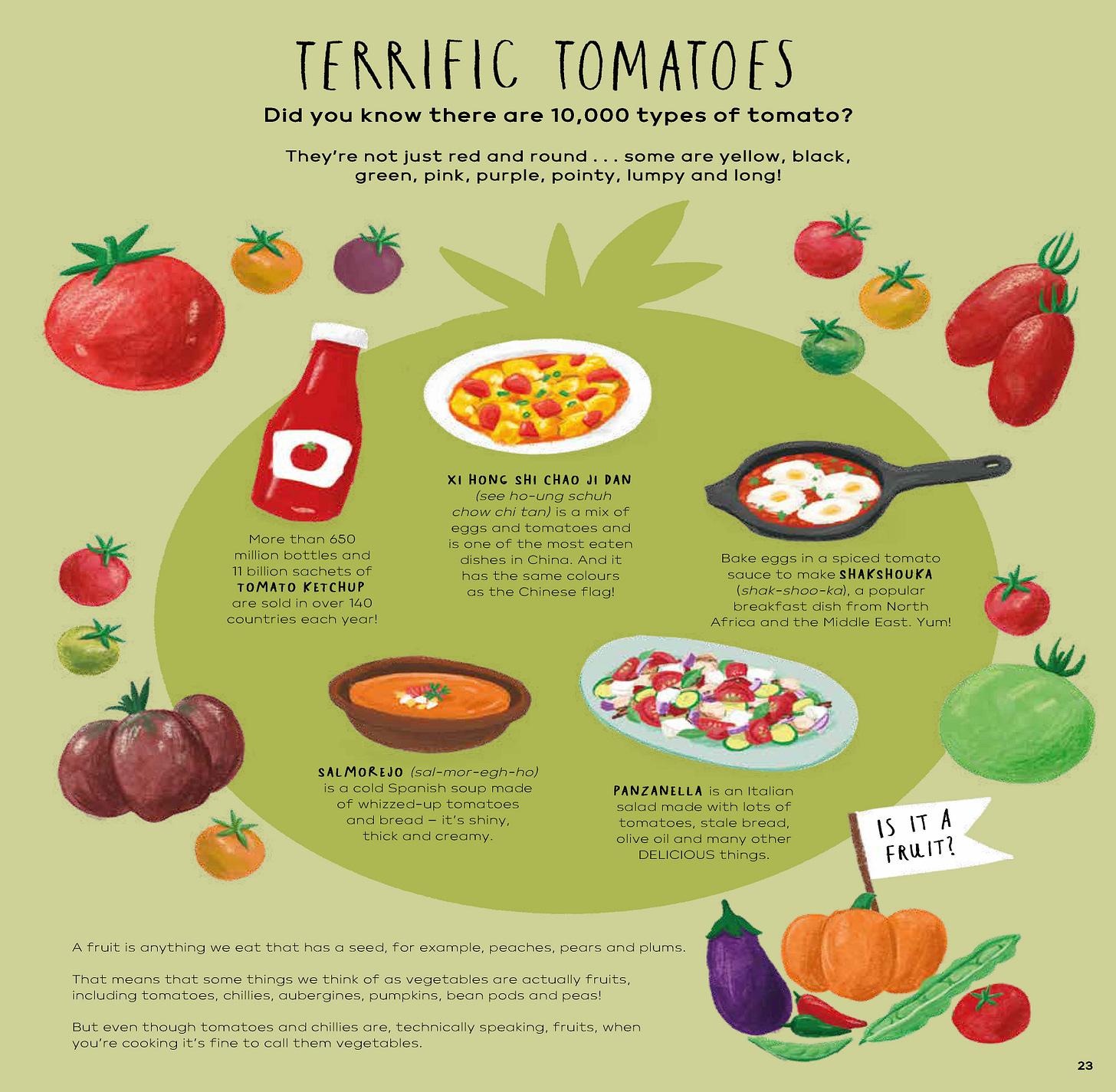
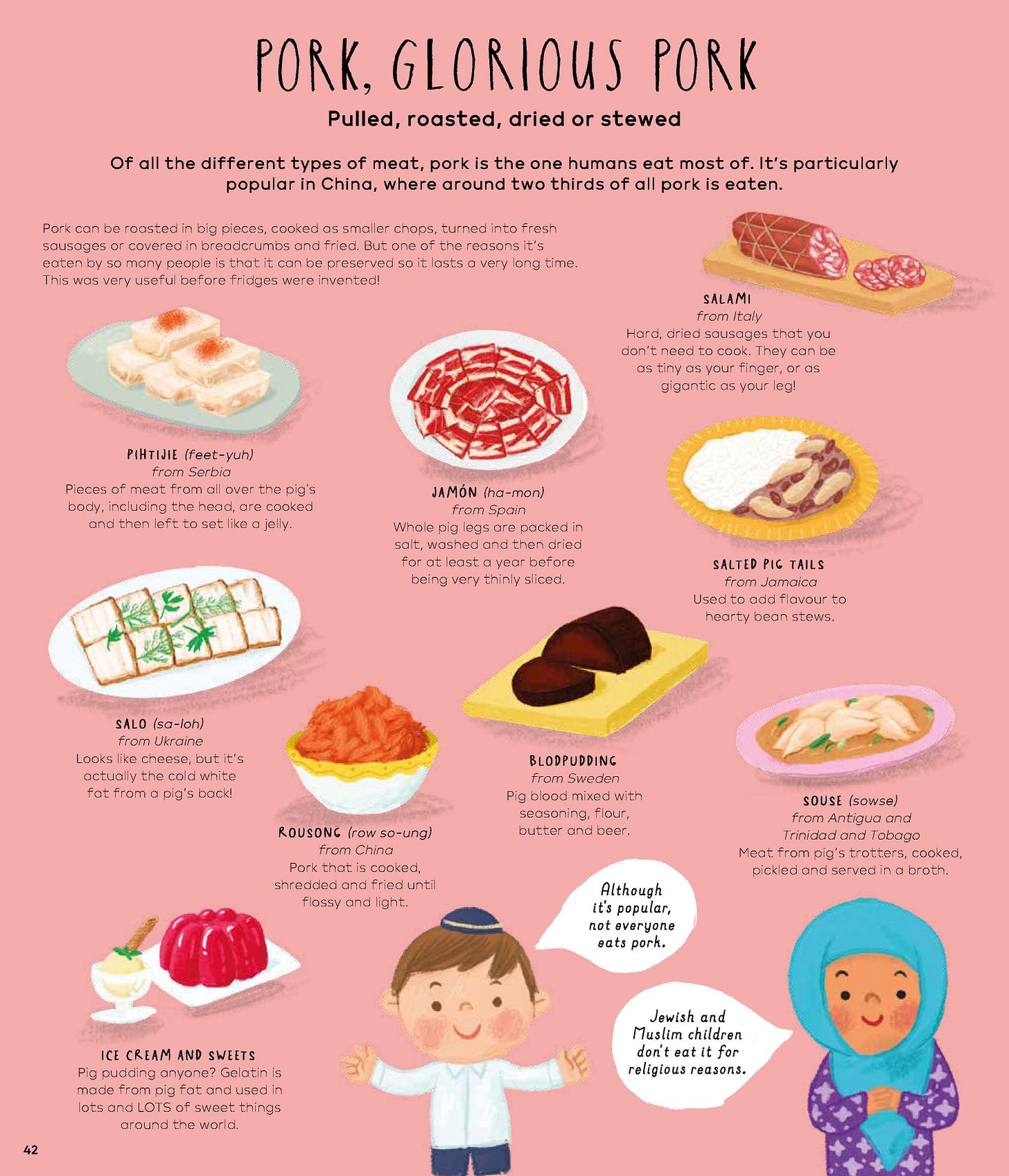
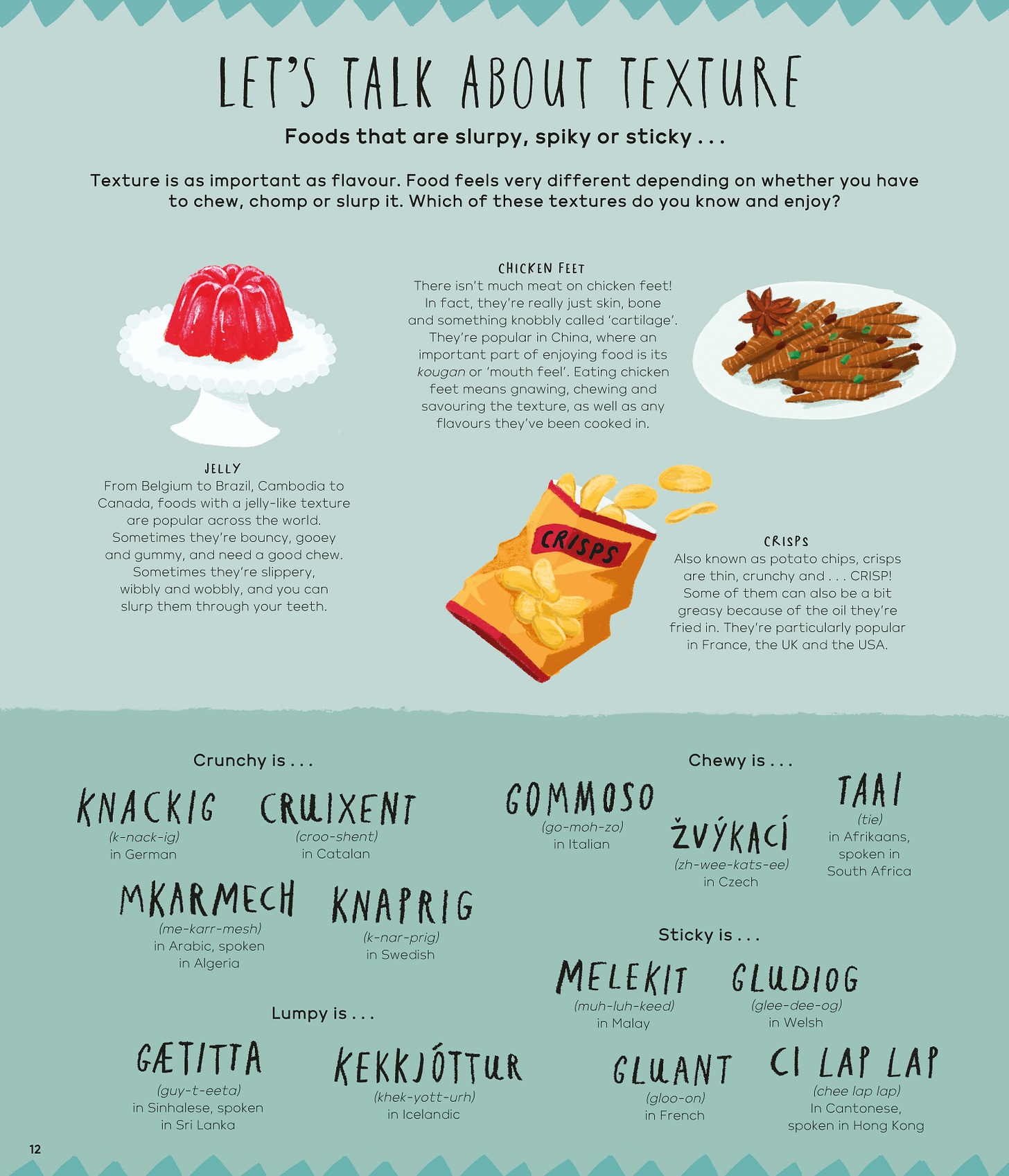
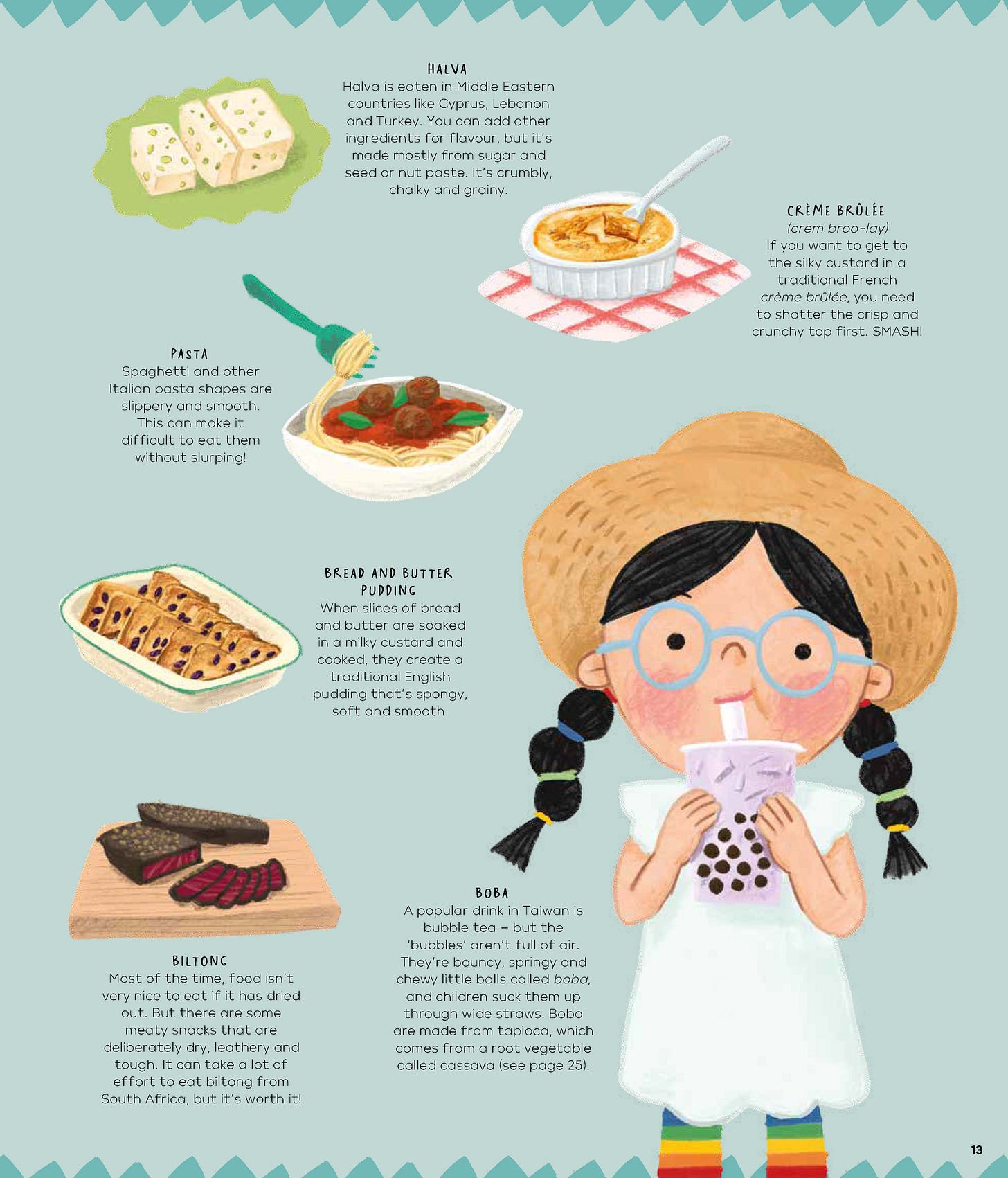
Such a lovely book, just ordered two copies from my local independent bookseller for the nursery school where I am governor. Thank you.
Huge congrats, a well deserved award 👏🏼